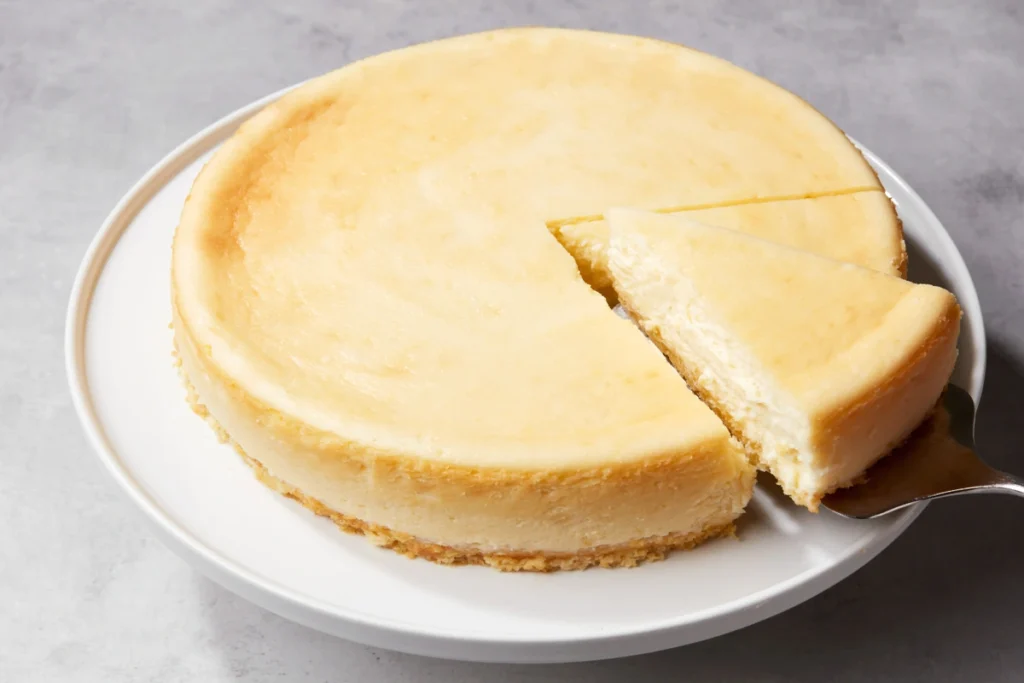
How to Get Rid of Bitterness in Whole Wheat Bread 4 Simple Ways
Embarking on the journey of making the perfect whole wheat bread can be a rewarding experience, but dealing with a bitter taste can be a letdown. In this blog, we’ll dig into the common reasons behind the bitterness in your homemade whole wheat bread and share effective solutions.
From the quality of your flour to the details of fermentation and proofing, we’ll explore the ins and outs that turn a potential letdown into a tasty, healthy loaf. Find out the secrets to getting rid of bitterness, so your whole wheat bread not only provides nutrition but also pleases the taste buds.
Let’s uncover the art of baking with skill and flavor.
Table of Contents
Toggle5 Common Reasons of Bitterness in Whole Wheat Bread
If you’ve ever experienced a bitter taste in your homemade wheat bread, it can be disappointing. Understanding the common reasons behind this undesirable flavor can help you create loaves that are not only healthy but also delicious.
Low-Quality Whole Wheat Flour
The key to excellent bread is good flour, especially when it comes to wheat bread. Using low-quality or old flour can give your bread a bitter taste. Choose fresh, high-quality whole wheat flour, preferably stone-ground for a rougher texture and richer flavor. Investing in a reputable brand can really improve the taste of your final product.
Dough Over-Fermentation
Fermentation is crucial in bread-making for flavor and texture. But when the dough ferments for too long, it can get extra bitter. Keep a close eye on the fermentation process, and follow your recipe’s proofing times. Trying different proofing durations can help you find the right balance for great flavor without the unwanted bitterness.

Not Enough Sweeteners
To balance the natural bitterness of whole wheat flour, you need to add sweeteners. While whole wheat flour is naturally a bit bitter, the right amount of sweeteners, like honey, maple syrup, or a bit of sugar, can offset that taste. Just be careful not to overdo it; finding the right balance is key to improving the overall flavor without making your bread too sweet.
Wrong Water-to-Flour Ratio
The amount of water in your dough affects the final taste and texture of your wheat bread. Too much water can make it gummy and more bitter. On the other hand, too little water can result in a dry and crumbly loaf. Experiment with the water-to-flour ratio to make sure your dough is properly hydrated for a moist crumb without sacrificing flavor.
Proofing Temperature Issues
People often overlook temperature control during the proofing stage, but it can really impact the taste of your wheat bread. Proofing at too high a temperature can speed up fermentation and make it bitter. On the flip side, proofing at too low a temperature can slow down yeast activity, affecting the overall flavor. Keep the proofing temperature consistent within the recommended range for a well-balanced, non-bitter wheat bread.

How to Get Rid of Bitterness in Whole Wheat Bread in 4 Simple Ways
Now that you know why your whole wheat bread might taste bitter, let’s explore five ways to fix that and turn it into a delicious treat.
Soaking the Flour
A common technique to reduce bitterness in whole wheat bread is to soak the flour before baking. Soaking allows the flour to absorb moisture, breaking down certain compounds responsible for the bitter taste.
To implement this method, mix the whole wheat flour with water and let it sit for a few hours or overnight. This not only helps eliminate bitterness but also enhances the overall texture of the bread. Experiment with the duration of soaking to find the sweet spot that suits your taste preferences.
Here’s a simple guide on how to use this method:
- In a bowl, mix the whole wheat flour with an adequate amount of water to form a consistent mixture.
- Allow the mixture to sit for a few hours or, for best results, overnight. This extended soaking period enhances the effectiveness of reducing bitterness.
- After soaking, incorporate the treated flour into your bread recipe as usual.
- Bake the bread according to your recipe’s instructions.
Add Natural Sweeteners
Combatting bitterness can be as simple as incorporating natural sweeteners into your whole wheat bread recipe. Ingredients like honey, maple syrup, or even apple sauce not only contribute sweetness but also bring additional flavors that complement the earthiness of whole wheat.
These natural sweeteners act as a counterbalance to the bitter notes, creating a harmonious taste profile. Be mindful of the quantities used, as too much sweetness can overpower the bread’s inherent nuttiness.
Enhance Flavors with Seeds and Nuts
Introducing seeds and nuts to your whole wheat bread not only adds a delightful crunch but also contributes a variety of flavors that can mask or complement any lingering bitterness.
Consider incorporating ingredients such as sunflower seeds, flaxseeds, or chopped nuts like walnuts or almonds. The diversity of tastes and textures not only enhances the overall eating experience but can divert attention from any residual bitterness, making your whole wheat bread more enjoyable.
Optimize Baking Conditions
The way you bake your whole wheat bread can significantly impact its taste. Ensure that your oven is preheated properly and maintains a consistent temperature throughout baking. Baking at too high a temperature can lead to a crust that is overly bitter.
Additionally, allowing the bread to cool properly after baking can enhance its flavors. Patience is key – let the bread rest before slicing to allow the flavors to meld and any residual bitterness to mellow.

Why is My Whole Grain Bread Bitter?
If your whole grain bread tastes unexpectedly bitter, a few things might be causing that weird flavor. First off, the type of whole grain used could be to blame. Whole grains have natural stuff like tannins and phenolic acids that can make things bitter. Different grains have different amounts of these compounds, and they can get stronger during baking.
Another possibility is the bran in the whole grain. Bran is good for you, but it has oils that can go bad over time, making the bread bitter. How the flour or grains are stored before baking can affect how fresh they are, and that affects the bread’s taste.
The fermentation process is also a big player here. If the dough ferments for too long or at too high a temperature, it can produce bitter byproducts. Getting the fermentation just right, with the perfect balance of time and temperature, is key to making sure your whole grain bread tastes good.
Not giving the dough enough water is another potential issue. Whole grain flours soak up more water than refined ones, so if the dough doesn’t get enough, the bread can end up dry and bitter. Making sure the dough is well-hydrated and adding things like honey or molasses can make the bread taste better overall.
Lastly, the sweeteners and fats in the recipe can affect the bitterness. If you’re using bitter sweeteners or fats that have gone bad, it can mess up the flavor.
If your whole grain bread is too bitter, try experimenting with different grains, tweaking fermentation conditions, making sure the dough is hydrated enough, and keeping your ingredients fresh.
Frequently Asked Questions (FAQS)
How much sweetener should I add to counter bitterness?
How long does whole wheat bread typically last?
Can I use artificial sweeteners to counteract bitterness?
Why does whole wheat taste bad?
Whole wheat has a robust, nutty flavor due to its bran and germ components. Some find it bitter or strong compared to refined flour. Experiment with recipes and pairings for a more enjoyable taste.
How to Get Rid of Bitterness in Whole Wheat Bread | Final Thoughts
In wrapping up our look into getting rid of bitterness from homemade whole wheat bread, remember that baking is a bit of an art. The type of flour you use, keeping a close eye on fermentation, finding the right sweetener, getting water amounts just right, and making sure your dough rises properly all come together to decide how your bread will taste.
As you strive for the perfect loaf, think about soaking your flour for a smoother texture, using natural sweeteners, adding extra flavors with seeds and nuts, and paying close attention to baking conditions.
If your whole grain bread ends up tasting bitter, take a close look at the types of grains you’re using, the details of fermentation, how much water you’re using, and the freshness of your ingredients. Armed with these tips, you can turn your whole wheat bread into a delicious and healthy masterpiece. Happy baking!
Lindsey Mackenzie
About me
Hi there! I’m Lindsey Mackenzie, the founder of Bake Smartly. Baking has been my passion since childhood, growing up in my father’s bakery. With Bake Smartly, I’m excited to share my love for all things sweet and savory. Join me on this delicious journey as we whip up scrumptious treats and sprinkle joy into every bite!





